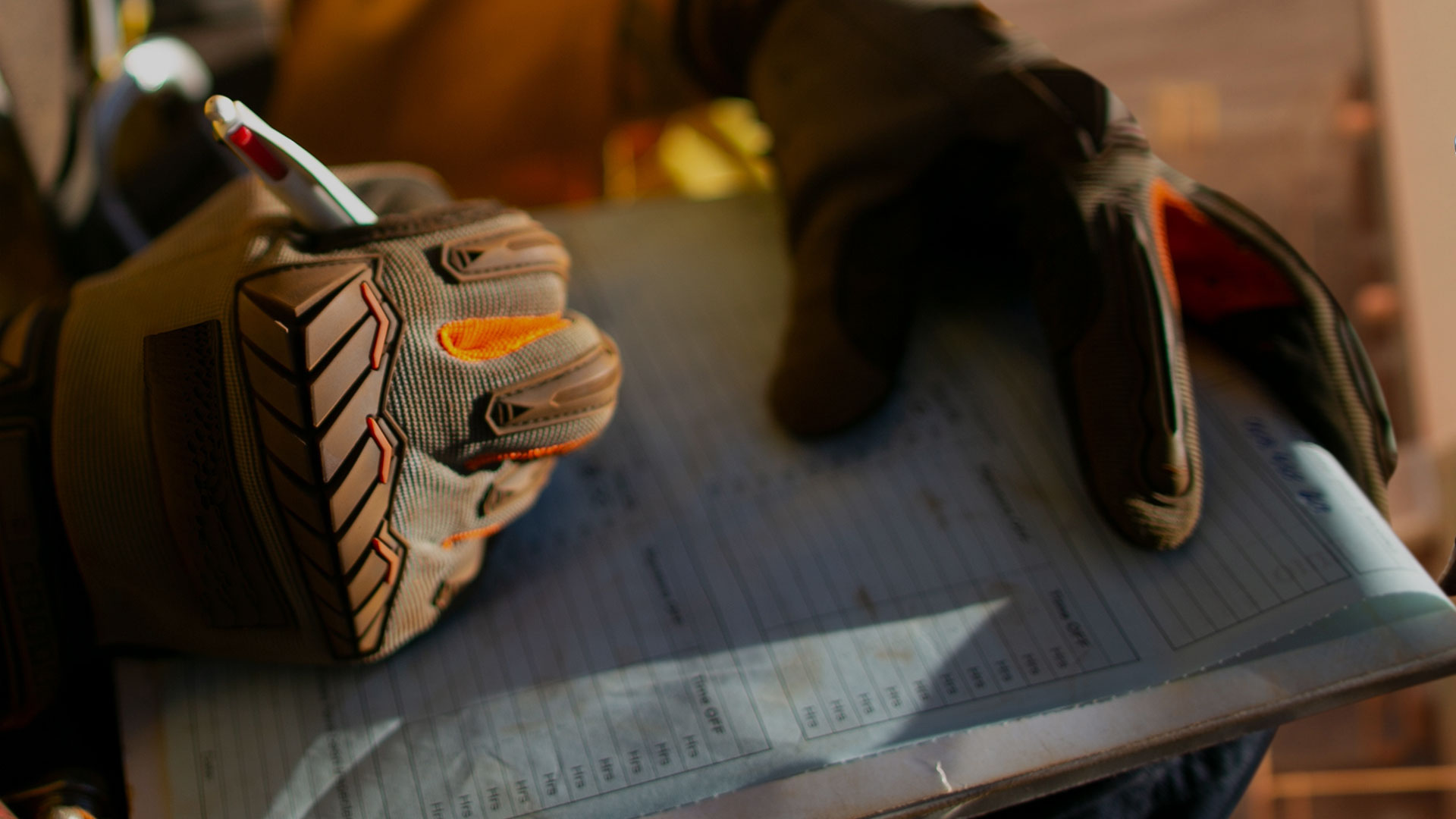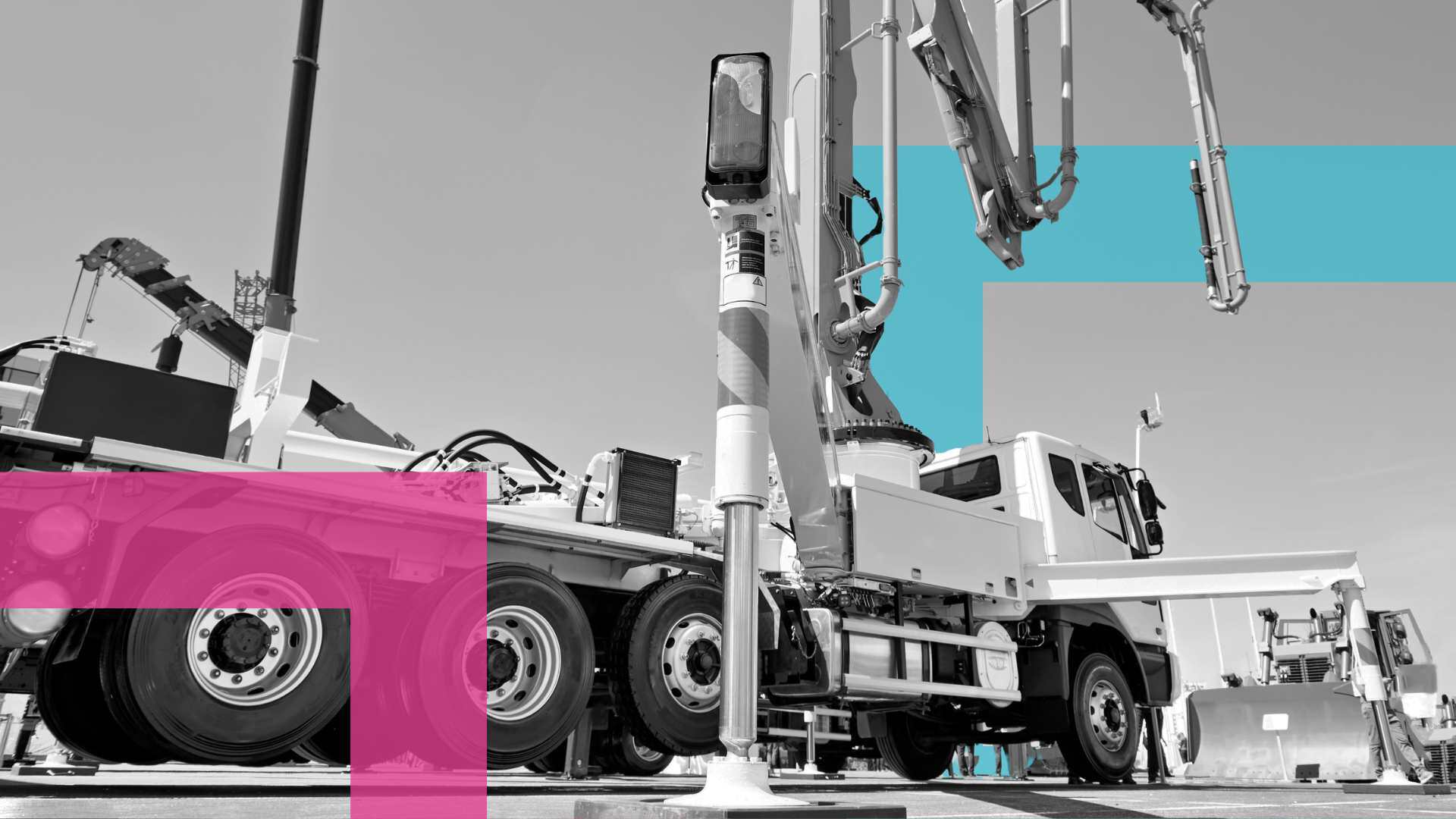Pre Start Plus rebranded to Ideagen Asset Guard
Ideagen Plant Assessor is pleased to announce the rebrand of its flagship pre-start app, Pre Start Plus, to Asset Guard. This rebrand aligns with...
|
|
Machinery Pre Starts
|
|
|
Risk Management &
|
|
|
Document Management
|
|
|
Dashboards & Reporting
|
|
|
Machinery Risk Assessments
|
|
|
Service & Maintenance
|
|
|
Safe Operating Procedures
|
|
|
MySite
|
|
|
View All Features |
Case Studies
Hear from our clients
Events
Find us at industry events
Guides
Find industry-specific guides
Learn
Educational content
News & Articles
Industry news and articles
Safety Legislation
We keep up with safety legislation
so you don't have to
Videos
Find overviews and informative
videos here
Webinars
View upcoming and on-demand webinars
Promotions
See our current promotions
FAQ
All of our frequently asked questions
Help Centre
How to use our software
View a Demo
Let us walk you through Ideagen Plant Assessor features
Release Centre
Product updates and release information

Completing a risk assessment is a critical component of owning a machine, or an entire fleet, but it can be a painstaking and time consuming process.
Nowadays, we have the saviour that is digital and automated risk assessment processes, but up until these arrived, risk assessments were almost always completed manually on a paper checklist or booklet that took much effort to complete, were prone to error and caused administrative delays. So we thought we’d take a look at the 8 biggest problems with manual machinery risk assessments.
The risk assessment process is time consuming, especially when it involves complex machines, diverse fleets and limited knowledge of legislation and industry leading practice. This process is even more complex and tedious when the machinery risk assessments are completed manually. Gathering the information required for a manual risk assessment, analysing the data and documenting the findings can take up a lot of your time, which may be better spent on other things.
Meantime, risk assessing a machine also involves ensuring it is inspected against all applicable Acts, regulations, standards and codes of practice. You need to research and understand each requirement, the various hazards that can occur and translate this into the assessment criteria before rating the risks and implementing controls. This is a highly time consuming task that can be much more efficiently handled in a digital, or automated platform.
Manual processes are prone to human error and mistakes, and so too are manual machinery risk assessments. Errors can be made during the identification of hazards, rating of risks and determination of control measures. Even one small mistake can have significant consequences for the decision making and risk mitigation strategies used to reduce the risks posed by heavy machinery, and may lead to the serious injury, or even death, of a worker or person in the vicinity of the machine.
As humans, we all have different opinions and perspectives. These unique judgements can introduce subjectivity and bias into machinery risk assessments when they are completed manually. Different individuals may interpret the likelihood or potential consequence of risks differently, or prioritise their rectification based on personal perspectives. This subjectivity can undermine the objectivity and reliability of the risk assessment, and bring into question the safety of an entire fleet of machinery. Subjectivity can also cause discrepancies from one machinery risk assessment to another, and that brings us to the next point in the 8 biggest problems with manual machinery risk assessments.
Manual, paper-based risk assessments can be completed inconsistently by different assessors. The different individuals involved may interpret the same hazard in varying ways, leading to differences in risk ratings and prioritisation. Not only can this result in confusion and disagreement when determining the appropriate control measures and risk mitigation strategies, it can also result in a lack of a standardised risk assessment process for the company. This may cause issues if there were to be an inspection or audit on the business’ machinery compliance.
It is considered best practice to conduct a machine-specific risk assessment on a piece of equipment to ensure all the unique hazards that are applicable to it are identified. While it is possible to conduct a machine-specific risk assessment manually, it would require much more effort. You would need to ensure you have a unique risk assessment for each machine type in your fleet, ensure you select the correct risk assessment each time, and complete it thoroughly. All possible, but very time consuming (see point 1)!
Selecting specific risk assessments for a machine can become even more complex when considering machines that use attachments, such as an excavator. An excavator can be utilised with dozens of different attachments, including buckets, augers, hydraulic hammers and rock grinders, just to name a few. All of these attachments have their own unique hazards which should be assessed as part of the machinery risk assessment process. Manual risk assessments may be generic to a machine type, and may not adequately consider the risks posed by multiple attachments.
Even if you’re happy to complete a manual machinery risk assessment in spite of all the disadvantages we’ve listed above, there’s still one major step in the process that has to be completed; determining hazard treatments and controls. This is not an easy step in the machinery risk assessment process to complete manually. It requires an understanding of controls mandated or recommended by legislation and other authorities such as standards and codes of practice, and requires the assessor to consider the hierarchy of controls.
Unless you’re an expert in the field or at implementing the hierarchy of controls, deciding on the most effective control, or combination of controls, that should be used is likely to be a challenge. You need to know how to properly apply the hierarchy in order to effectively manage the hazard posed by your machine. The best possible control, or combination of controls, is determined by working through each stage of the hierarchy, elimination, substitution, engineering controls, administrative controls, and PPE, and deciding which will provide the best protection to your and your workers. This isn’t an easy concept to grasp, and is often mastered through practise and experience. To learn more about applying the hierarchy of controls, see our article Hierarchy of control explained.
Manual machinery risk assessments can be challenging to collaborate on and share with multiple stakeholders within your organisation. Coordinating inputs from various team members and distributing risk management reports to those who require the information can be cumbersome and tedious which can then hinder effective communication and decision making related to machinery safety and compliance. The time delays involved in sharing manual machinery risk assessments can also increase the likelihood of an incident occurring, posing an even greater threat to the safety of people. In a well organised system, this issue is practically eliminated with digital risk assessments saved to the cloud.
Manual, paper-based risk assessments may be a suitable option for smaller organisations with a limited fleet of machinery, however, as a business grows, they become more and more inefficient and unfit for purpose. Manual risk assessments may not be scalable for companies with large projects, diverse fleets and multiple stakeholders. As the fleet grows, the number of machinery risk assessments needing completion, their complexity and scope also increase, and manual methods can become overwhelming, labour intensive and costly. This can also create challenges for large businesses in maintaining consistency, sharing and auditing past risk assessments long term.
We’ve seen how manual risk assessments can jeopardise the safety of workers, compromise operational productivity and expose businesses to legal and financial liabilities. But, never fear! You can level up your safety game by moving to Plant Assessor’s digital, automated machinery risk assessment process. All you need to do is select your specific machine from a database of more than 120,000 pieces of equipment and answer the yes or no questions to assess the risks.
Plant Assessor’s Machinery Compliance Engine (MCE) will do all of the hard work for you including:
Identifying the hazards unique to your machine.
Rating the risks for each hazard.
Providing a comprehensive list of risk controls that reference legislation.
Compiling a risk management report that can be easily shared with key stakeholders.
When you complete machinery risk assessments using Plant Assessor’s digital, automated processes, you will have:
More time to spend on what matters most.
A standardised risk assessment process across your entire fleet.
Consistent and objective risk assessments that minimise the chance of errors.
A scalable risk assessment process that can grow with your business and fleet.
A digital, auditable and easily accessible trail of risk assessments for each machine.
Want to know more? Simply call our team on 1300 728 852 or email them at info@assessor.com.au.
Disclaimer: This information is intended to provide general information on the subject matter. This is not intended as legal or expert advice for your specific situation. You should seek professional advice before acting or relying on the content of this information.

Ideagen Plant Assessor is pleased to announce the rebrand of its flagship pre-start app, Pre Start Plus, to Asset Guard. This rebrand aligns with...
.png)
Many businesses operating machinery still rely on traditional paper pre start books for daily machinery checks. While these booklets serve their...

A concrete company based in Melbourne has been convicted and fined $30,000 after an incident involving a concrete pump resulted in a worker’s hand...